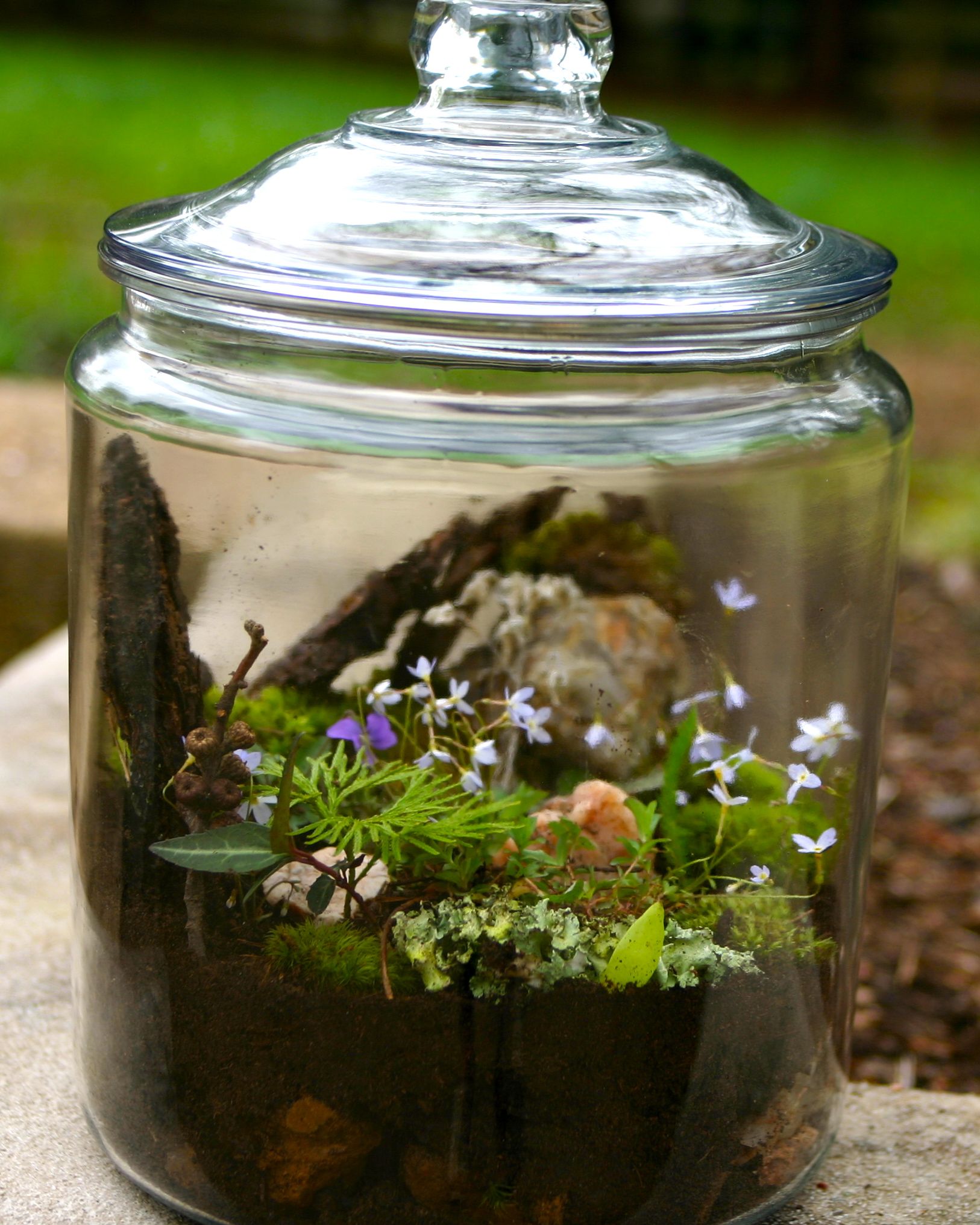Imagine a miniature world thriving right in your living room, a self-sustaining ecosystem that requires minimal intervention. Closed terrarium ecosystems offer just that—an engaging, low-maintenance way to bring nature indoors. These tiny green havens not only enhance your space aesthetically but also promote a sense of tranquility and mindfulness. Whether you're a seasoned gardener or a curious beginner, delving into the world of closed terrariums could be your next fulfilling project. Let’s explore 17 enchanting closed terrarium ecosystems that can transform your home into a tropical paradise.
1. Choosing the Right Container

The container is the foundation of your closed terrarium ecosystem. Opt for a clear glass jar with a secure lid, which helps maintain humidity and create a suitable microclimate. The transparency allows sunlight to penetrate while keeping moisture in, essential for plant health. Ensure the container is large enough for plant growth and easy to clean. You can find suitable jars at thrift stores or online, making this step both sustainable and budget-friendly.
2. Selecting the Ideal Plants

When selecting plants for your terrarium, consider species that thrive in high humidity and low light. Ferns, mosses, and small tropical plants like Fittonia are excellent choices. These plants are not only visually appealing but also well-suited to the closed environment, where they can flourish with minimal care. Avoid plants that grow too large or require frequent pruning.
3. Layering the Base

Creating a well-drained base is crucial for a healthy terrarium. Start with a layer of small pebbles for drainage, followed by activated charcoal to filter the air and water. This setup prevents stagnation and odors, keeping the ecosystem fresh. Finish with a layer of potting soil, ensuring a stable foundation for plant roots. Each layer plays a vital role in maintaining balance within your terrarium.
4. Designing for Aesthetics
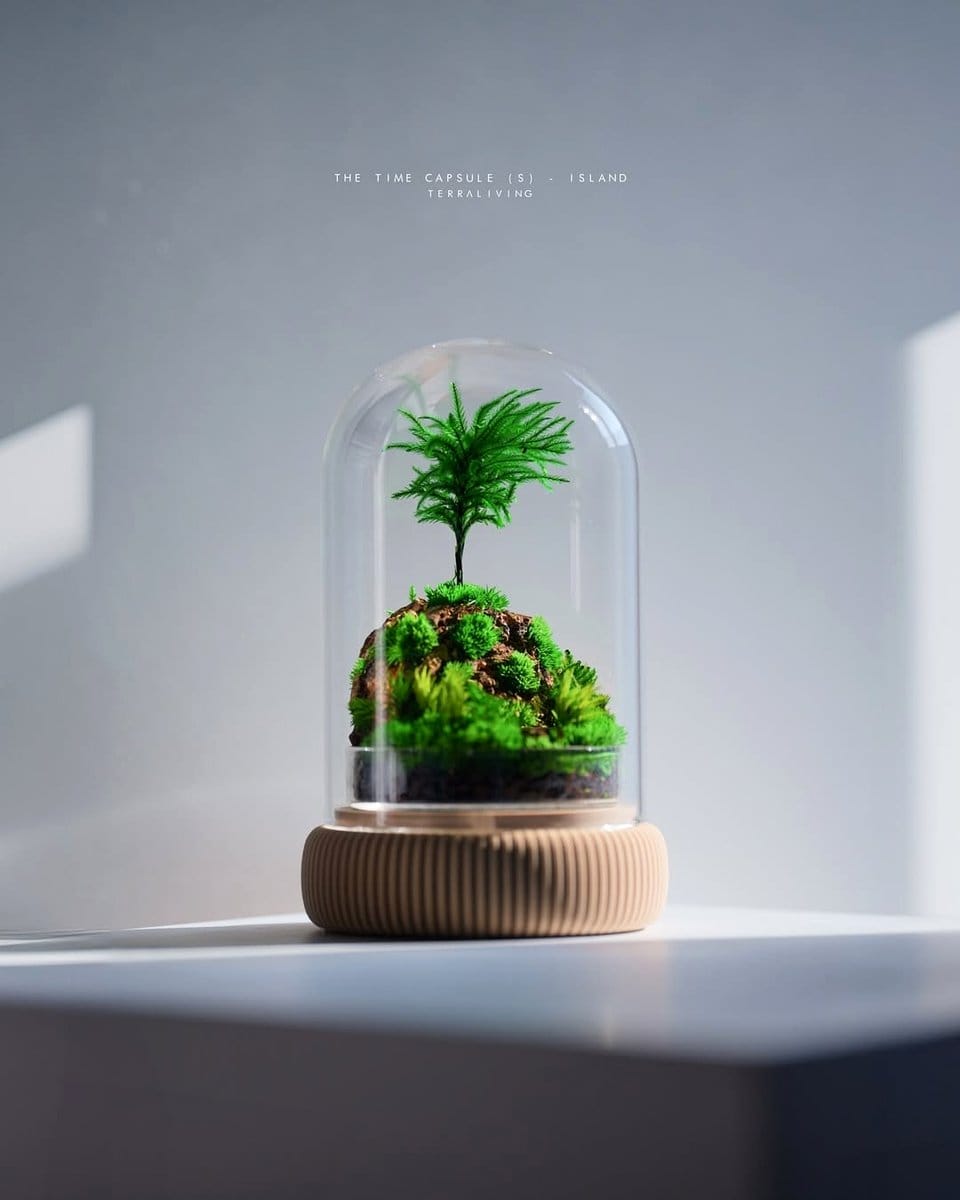
Designing your terrarium is where creativity shines. Arrange plants of varying textures and heights to create a dynamic landscape. Incorporate decorative elements like miniature figurines or natural stones to add personal flair. Balance is key—ensure each element complements the others, creating a harmonious yet functional ecosystem. Remember, less is often more in a confined space.
5. Maintaining Humidity Levels
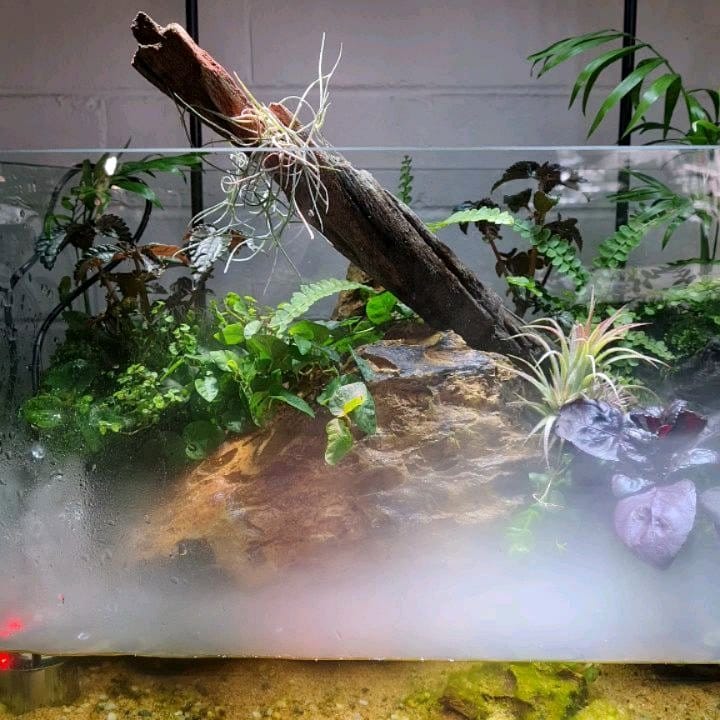
Humidity is vital for plant health in a closed terrarium. Use a misting bottle to increase moisture levels when necessary. However, balance is crucial—too much moisture can lead to mold growth. Monitor condensation on the glass; a light mist should be sufficient. If condensation becomes excessive, slightly open the lid to allow excess moisture to escape.
6. Providing Adequate Light

Place your terrarium in an area with indirect sunlight to mimic the dappled light of a forest floor. Direct sunlight can cause overheating, while too little light stunts growth. If natural light is insufficient, use LED grow lights to supplement. Adjust positioning as needed to ensure plants receive the light they need for photosynthesis and healthy growth.
7. Understanding Ecosystem Balance
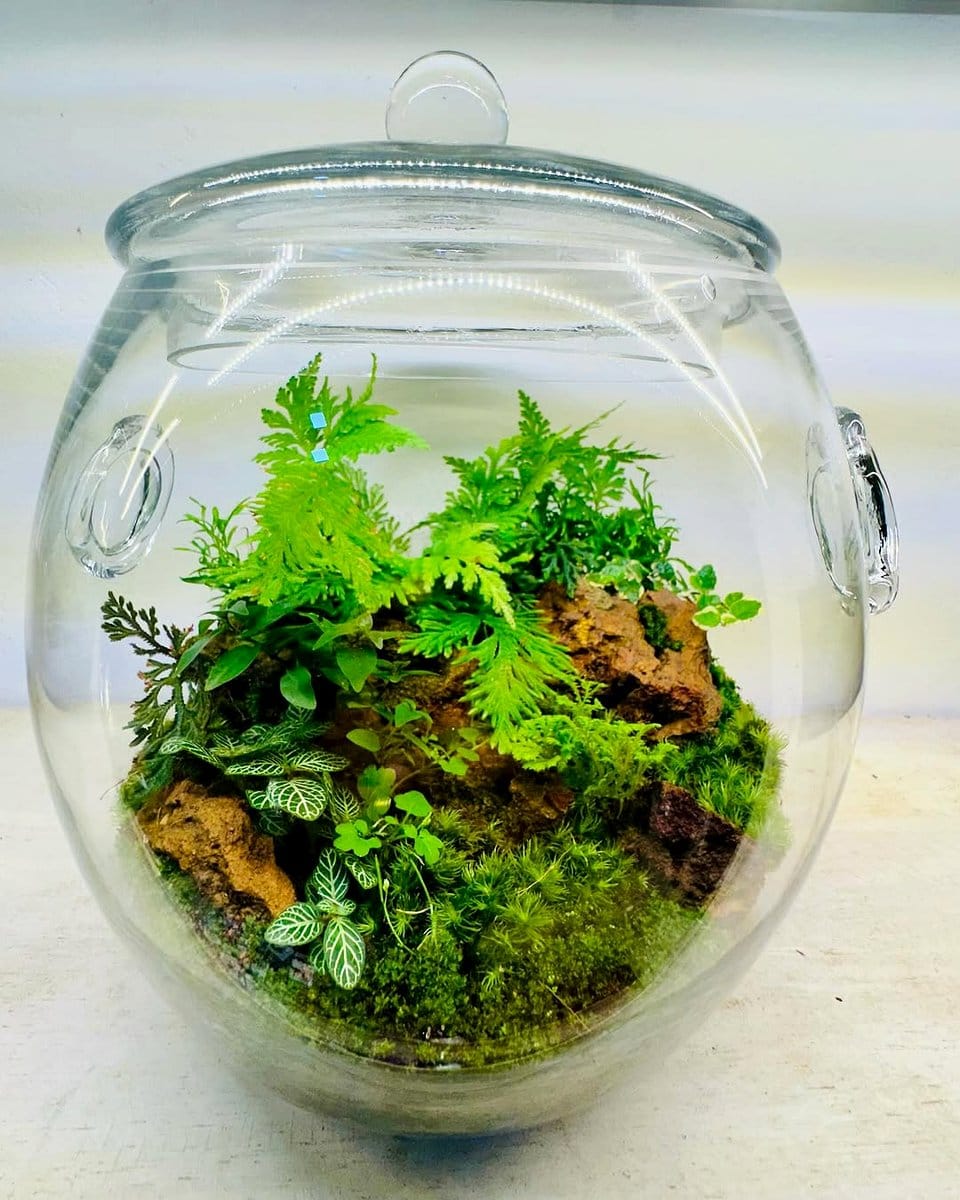
A closed terrarium is a delicate balance of living organisms. Plants absorb carbon dioxide and release oxygen, while the soil and decorative elements contribute to the microclimate. Observe the ecosystem's dynamics over time, noting any changes in plant health or moisture levels. By understanding these interactions, you can adjust care routines to maintain balance.
8. Introducing Beneficial Insects

Beneficial insects, like springtails, can be introduced to help manage mold and debris in your terrarium. These tiny creatures decompose organic matter, preventing decay and promoting a healthy environment. They are harmless to plants and humans, making them a valuable addition to your ecosystem. Add sparingly to avoid overpopulation.
9. Troubleshooting Common Issues

Even with care, issues like mold or yellowing leaves can occur. Mold often results from excess moisture; reduce watering and increase ventilation to combat it. Yellow leaves may indicate poor light or nutrient deficiencies. Adjust conditions as needed, and be patient—closed terrariums often self-correct with minor adjustments.
10. Experimenting with Miniature Landscapes
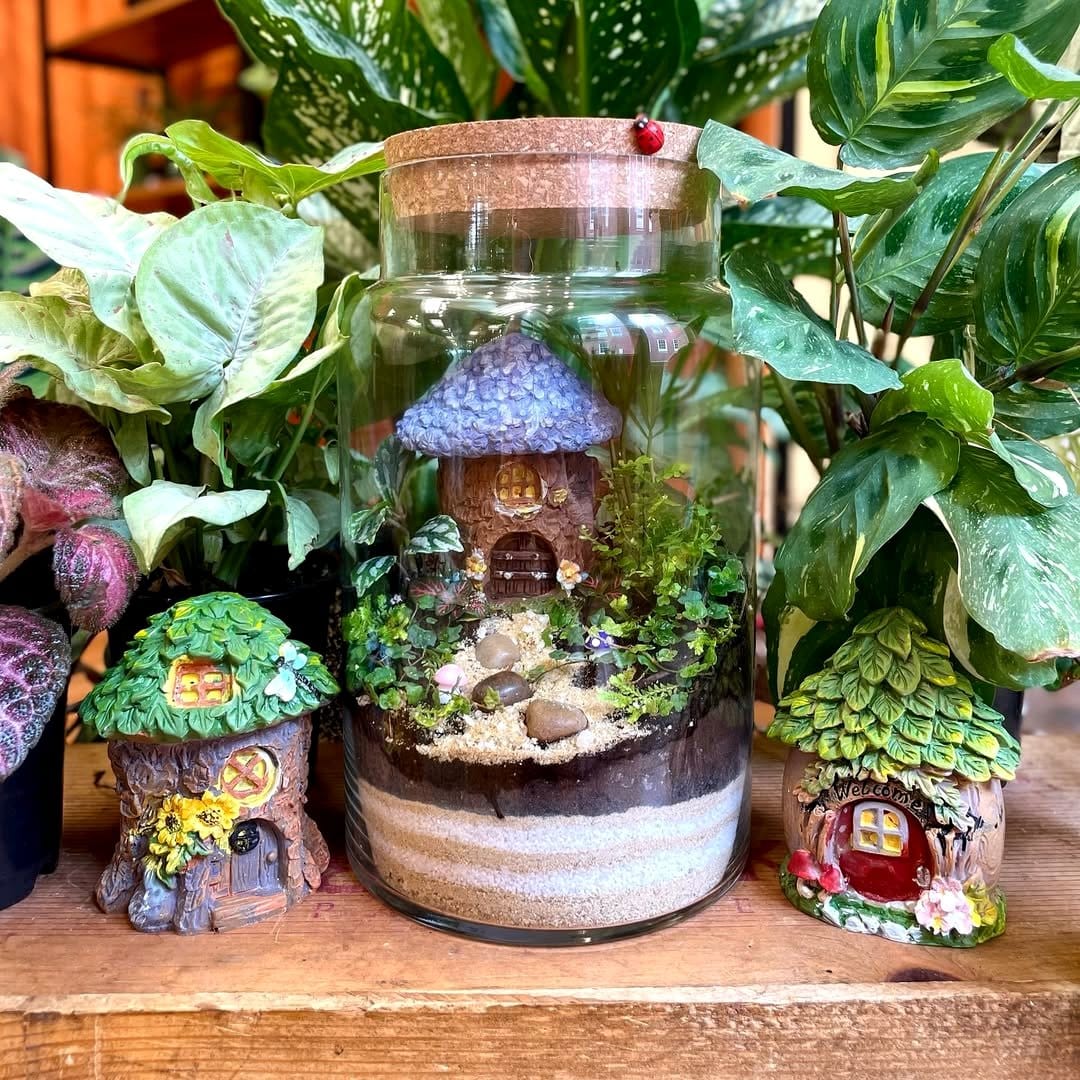
Unleash your inner designer by creating themed landscapes within your terrarium. Fairy gardens or miniature forests can add whimsy and character. Use small figurines, colored stones, or themed decorations to bring your vision to life. This creative process not only enhances your terrarium but also provides a relaxing, mindful activity.
11. Monitoring Growth Patterns

Regularly observing your terrarium allows you to monitor growth patterns and make necessary adjustments. Take note of how plants adapt to their environment, and document changes with photos. This practice helps you learn about plant behavior and improve your gardening skills over time. Celebrate small successes as your ecosystem thrives.
12. Creating a Seasonal Display

Switch up your terrarium's appearance with seasonal themes. Use colored gravel or seasonal decorations to reflect changes in nature. Autumn leaves, winter snowflakes, or spring blooms can add a festive touch. This approach keeps your terrarium visually interesting and allows you to engage creatively with your environment year-round.
13. Understanding Carbon and Oxygen Cycles

Closed terrariums are excellent models for understanding natural cycles. Plants use photosynthesis to convert carbon dioxide into oxygen, essential for maintaining air quality. By observing these cycles, you gain insight into ecological processes and the importance of balance in natural systems. This knowledge can enhance your appreciation for nature's intricacies.
14. Incorporating Water Features

Add an extra dimension to your terrarium with a miniature water feature. A small fountain or pond can enhance humidity and create a soothing ambiance. Ensure the feature is proportionate to the terrarium and doesn't overwhelm the space. Use a battery-operated pump for fountains, and keep water levels consistent to avoid imbalances.
15. Utilizing LED Lighting for Effect

LED lights can enhance the beauty of your terrarium, highlighting specific features or creating a dramatic effect. Use them to simulate day and night cycles, promoting healthy plant growth. Choose energy-efficient options with a spectrum suitable for plants. Experiment with colors and intensities to achieve the desired aesthetic.
16. Documenting Your Terrarium Journey

Keep a journal documenting your terrarium's progress, challenges, and successes. Include sketches, photos, and notes on plant care. This practice helps track changes and refine your methods over time. Sharing your journey online can also connect you with a community of fellow enthusiasts, offering support and inspiration.
17. Embracing Minimal Maintenance

One of the greatest benefits of closed terrariums is their low maintenance. Once established, they require minimal intervention, making them ideal for busy lifestyles. Regular monitoring, occasional misting, and light adjustments are usually sufficient. Embrace this simplicity, allowing your terrarium to be a peaceful, self-sustaining part of your home.
Final Thoughts
Closed terrarium ecosystems offer a unique way to bring nature indoors, transforming any space into a lush, calming oasis. Whether you’re a beginner or an experienced gardener, creating and maintaining a terrarium is rewarding and educational. As you embark on this journey, remember to observe, adapt, and enjoy the process. Let your terrarium be a reflection of your creativity and a reminder of the beauty and complexity of nature. Ready to start your own miniature world? Dive into the enchanting world of closed terrarium ecosystems today!
